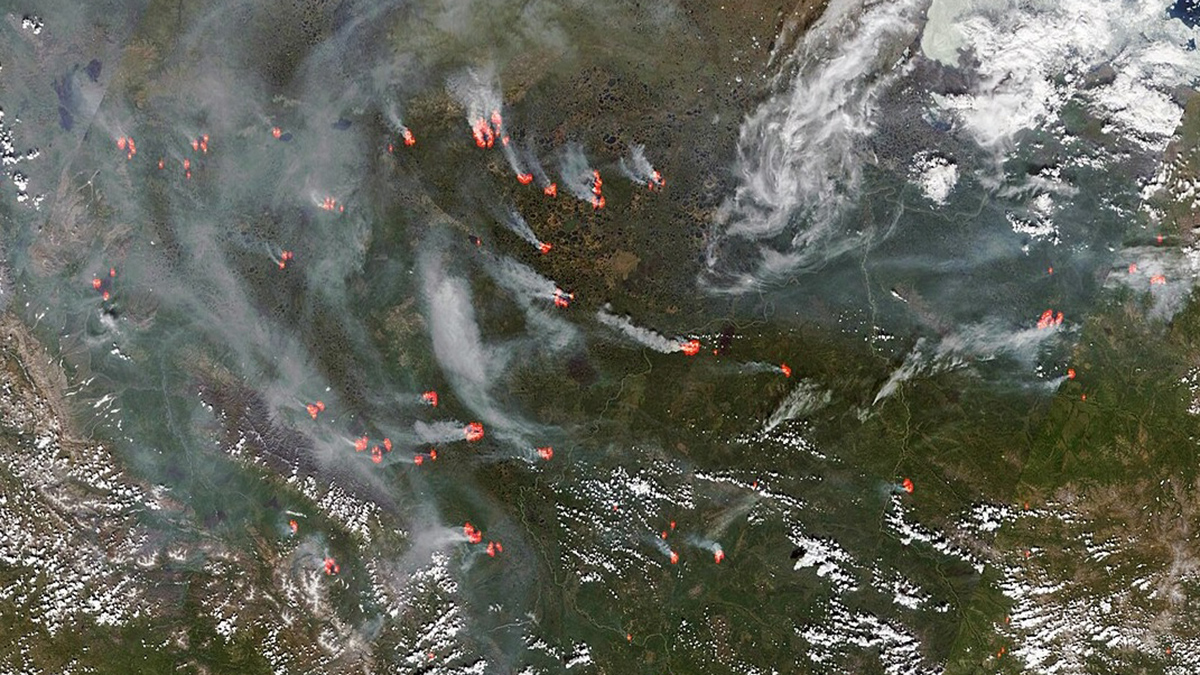Source: AGU Advances
Wildfire activity in central Siberia, Russia, has doubled in the past 2 decades, scorching vast areas of forest and releasing carbon stored in the rich soils and permafrost underneath. The Arctic is warming faster than the rest of the world, and scientists already know that the effects of climate change can exacerbate wildfires. But the specific factors driving enhanced Siberian wildfire activity aren’t fully understood, making it difficult to predict future burning accurately.
In new research, Huang et al. demonstrate that the rise in Siberian wildfires is related to drought, drying soils, and decreased rainfall caused by Arctic warming. In addition, they identify a potential feedback loop in which wildfires suppress precipitation in the region, further drying soils and making fires even more likely. Water vapor in the atmosphere typically condenses around aerosol particles to form droplets, which come together as clouds and can fall as rain. But droplets formed around aerosols in wildfire smoke are smaller—often too small to form raindrops.
The authors used data from the Moderate Resolution Imaging Spectroradiometer (MODIS) instruments on the Terra and Aqua satellites to track wildfire activity between 2002 and 2022 and paired them with data on wildfire smoke, regional climate, and permafrost extent. Then they used Community Atmosphere Model version 6 of the Community Earth System Model to simulate aerosol-climate interaction over Siberia.
The authors calculated the Fire Weather Index, a measure of how likely a fire is to both start and spread, for two different simulations: one that incorporated historical data about wildfire emissions and one that removed fire activity. They found that the Fire Weather Index was 10% higher in the former simulation because wildfire aerosols suppressed precipitation. In fire-intensive areas, the index was up to 40% higher.
Simulations of future conditions following low- and medium-emissions pathways suggest that reduced precipitation could cause soil moisture in the region to decrease by 28% and 39%, respectively, by 2100. This drying, the researchers report, could lead to an increase in fire severity of 200% or more by the end of the century. (AGU Advances, https://doi.org/10.1029/2023AV001151, 2024)
—Nathaniel Scharping (@nathanielscharp), Science Writer


